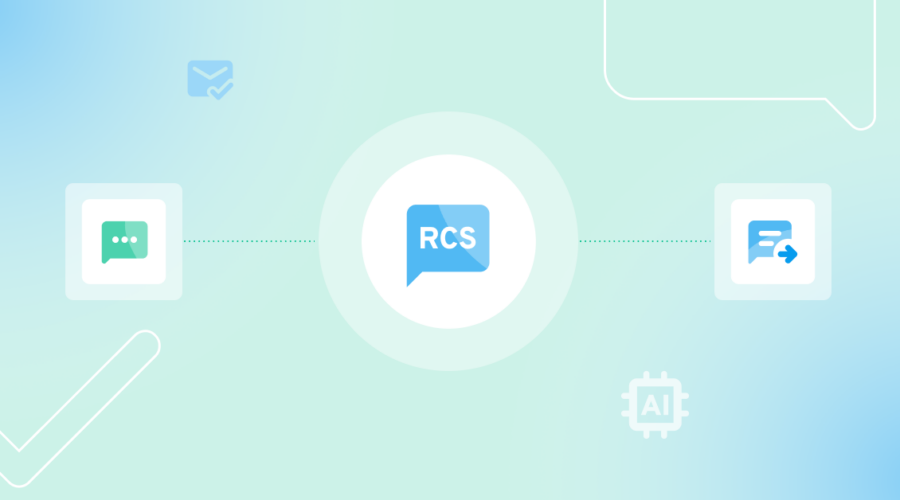A Review of HIPAA and the Conduit Exception Rule
In part one of our blog series on communications in healthcare, we discussed the HIPAA Conduit Exception, which allows HIPAA-covered entities and business associates to conduct business with certain vendors without having to enter into a BAA (business associate agreement).
The best example of this is the mail carriers who deliver PHI (protected health information) from one place to another. They do not store, record, or copy the information, and are simply a conduit delivering mail from one place to the next.
Phone carriers are another example of a conduit exception. Telecommunications carriers frequently do not need to sign a BAA to provide customers who are covered entities with voice service, 911 access, or phone numbers.
The calls and texts going into and out of the covered entity are not stored by the vendor and are not required to be covered by a BAA.
What to consider when choosing a telecommunications provider
Dependability is likely the most important consideration for providers and hospitals when evaluating a telephony partner. Hospitals, more than most consumers, require extensive coverage, a plan in place for failover and redundancy, and easy change management—so they can focus on providing care for patients in need.
- Failover and redundancy: Choose a telecommunications provider that has a backup plan to keep communications flowing. If a phone provider isn’t reliable, then patients can suffer. Hospitals need to receive calls to prevent any disruption of patient care.
- Easy change management: Self-service phone number management can allow health networks to add and subtract numbers as needed. Scaling a phone network as a hospital system increases its footprint should be quick, easy, and not disruptive.
- Coverage: Large hospital systems can cover multiple counties, which means they need a flexible and expansive telecommunications provider that can reach all their patients and providers.
When voice is more than a dial tone
A good IP voice carrier provides more than just a dial tone to customers. Voice API functionality can allow incoming calls to be quickly routed to the right department: cardiology, neurology, scheduling, billing, etc.
Customer service is key. Not only do hospitals need a reliable network, but they need a telecommunications provider at the ready to help with support. Large hospital systems also need to consider a provider that can offer 911 with location management to route emergency personnel to the correct building and room, if they are needed.
When hospitals need reliability, Bandwidth is there
Bandwidth has the ability to partner with healthcare systems to provide all their telephony needs. Bandwidth Enterprise SIP trunking gives reliable, enterprise-grade connectivity and our large database of toll-free access ensures patients can easily reach their providers. Our robust redundancy on our own all-IP network gives hospitals the reliability they need to prevent service disruptions.
Bandwidth’s world-class service and change management will make it easy for larger hospital systems to scale up their telephony network to add new providers. As a Tier 1 IP network in the U.S., Bandwidth covers 95% of the population and our 911 and Dynamic Location Routing cover 100% of PSAPs in North America.
You need reliability—Bandwidth is here to help. Call one of our experts today, and we will be happy to help your healthcare system with all of its communication needs including an SMS BAA.
Read the whole series
- Part 1: HIPAA, BAA, and Conduit Exception
- Part 2: HIPAA Compliance and SMS Texting: What You Need to Know
- Part 3: HIPAA, Telecommunications Redundancy, & Conduit Exception
Disclaimer: The information provided in this document does not, and is not intended to, constitute legal advice; instead, all information is for general informational purposes only.




